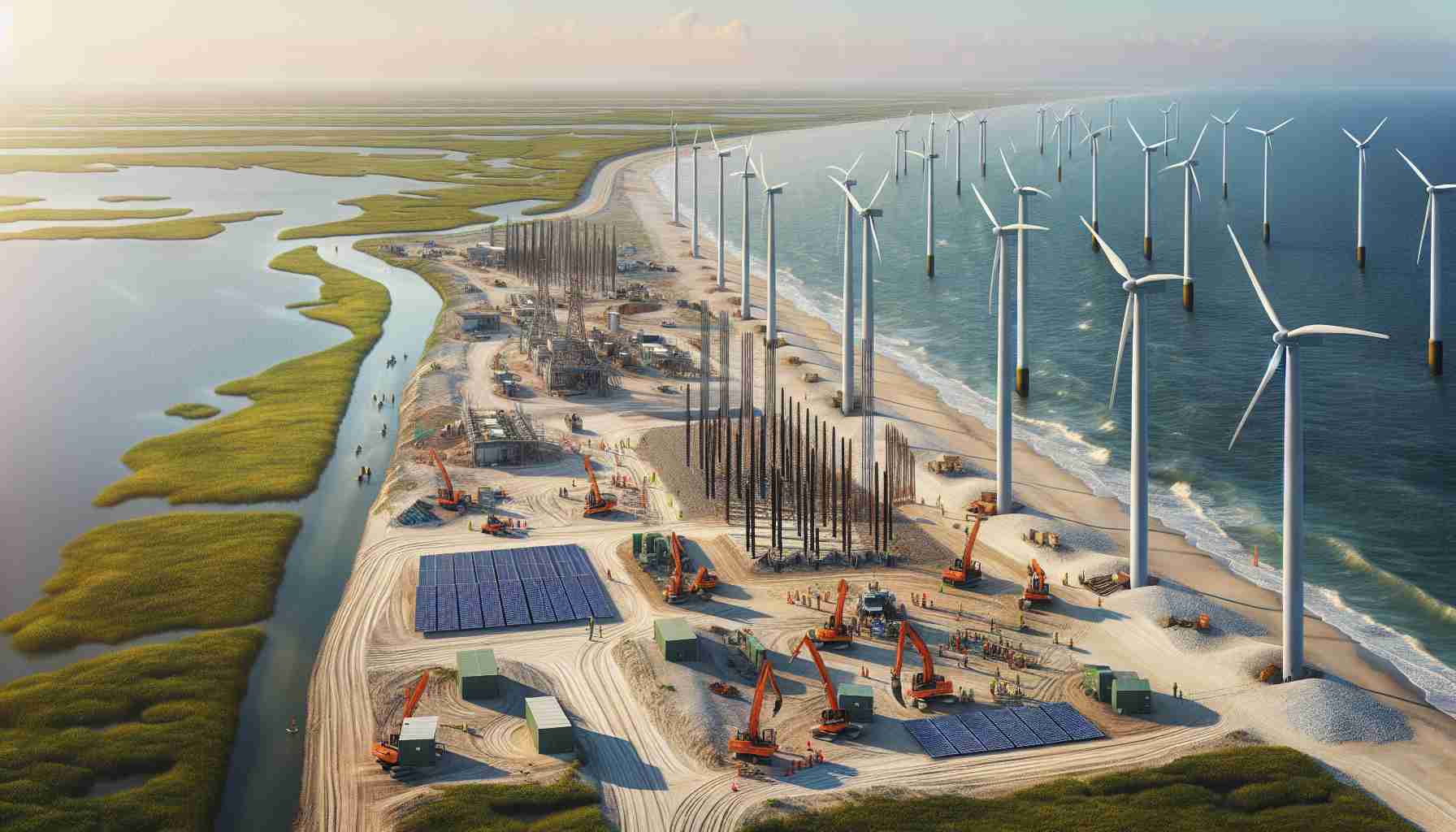A Major Overhaul for Energy Stability In a groundbreaking initiative to bolster the energy infrastructure in southwest Louisiana, significant investments are underway to fortify power supply resilience along the coastal region. Hurricanes Laura and Delta exposed vulnerabilities in the existing system, leaving communities in Jeff Davis and Cameron Parishes without power for extensive periods.
Revolutionizing Power Delivery The ambitious project involves replacing traditional wooden power poles with state-of-the-art steel structures over a stretch of approximately 105 miles, from La. 14 to La. 27 and onto Cameron Parish. This monumental endeavor is aimed at revolutionizing power provision in the area, promising quicker restoration times and increased reliability in the face of natural disasters.
Strategic Enhancement of Transmission Through the implementation of a 230 KV loop system, power transmission will be strengthened from south Lake Charles to the Cameron coast, extending to Grand Chenier and Johnson Bayou before looping back north toward Hackberry. This strategic enhancement is set to transform the energy landscape in southwest Louisiana, ensuring a more secure and stable power supply for residents and businesses alike.
Accelerated Completion Timeline Typically, projects of this scale would require years to complete; however, Jeff Davis Electric is committed to expediting the process within an 18 to 24-month timeframe. The project’s timely completion is anticipated to significantly benefit the local community and elevate the region’s energy infrastructure to new heights.
Maximizing the Potential of Coastal Energy Infrastructure in Southwest Louisiana
In the ongoing efforts to enhance energy stability and resilience in southwest Louisiana, additional facets of the coastal energy infrastructure project are emerging, shedding light on key aspects that are crucial for the region’s future energy landscape.
What environmental impact assessments have been conducted for the project?
While the focus has been on improving energy infrastructure, a thorough environmental impact assessment has been undertaken to ensure minimal disruption to the delicate coastal ecosystem. Measures are being implemented to mitigate any potential negative consequences on local flora and fauna.
Are there plans to incorporate renewable energy sources into the enhanced power grid?
As part of a forward-thinking approach, considerations are being made to integrate renewable energy sources, such as solar and wind power, into the upgraded energy infrastructure. This move towards a more sustainable energy mix could reduce reliance on traditional fossil fuels.
What are the main challenges facing the project implementation?
One of the primary challenges facing the project is securing the necessary approvals and permits in a timely manner to avoid delays in the construction process. Additionally, coordination with various stakeholders and communities is crucial to ensure smooth project execution.
Advantages of the Enhanced Coastal Energy Infrastructure:
– Improved energy resilience and reliability during severe weather events, reducing the impact of power outages on local residents and businesses.
– Enhanced operational efficiency and faster restoration times, minimizing downtime and economic losses.
– Potential for attracting new industries and investments to the region, bolstered by a robust energy infrastructure.
Disadvantages and Controversies:
– Concerns about the environmental impact of the project, particularly on fragile coastal ecosystems.
– Potential disruption to local communities and wildlife habitats during construction phases.
– Cost implications and allocation of resources for the long-term maintenance of the upgraded infrastructure.
For more information on energy infrastructure developments in Louisiana, visit U.S. Department of Energy.
